The systems of our control, we are led to believe, are necessary things. It is a topic I touched on in the recent article Measures of Control. We are taught that to question these systems is to undermine the very foundation beneath our feet. Similarly, the ‘leaders’ of our world have shaped the perception of their positions so as to bolster them with an aura of sanctity. In reality, research shows just how superfluous leaders of companies or institutions really are.
“Leaders are often thought to be instrumental to the performance of the organizations they lead. However, considerable research suggests that their influence over organizational performance might actually be minimal. These claims of leader irrelevance pose a puzzle: If leaders are relatively insignificant, why would someone commit to leading?” -Source
One example amongst several studies showing that the CEO of an organization is mostly a symbolic figurehead and pushes the needle much less than most think:
A study by Marianne Bertrand and Antoinette Schoar found that individual CEOs account for only about 4% of the variation in firm performance
There are many explanations for why this could be. Some cite the Dunbar’s number in attempting to explain how beyond a certain organizational limit, i.e. 150 people in the case of Dunbar, the CEO can no longer effectively manage or lead, amidst diminishing returns of his influence.
Dunbar's Number (Anthropology and Sociology): Although primarily discussing social group sizes, Dunbar's Number (around 150) implies that, beyond a certain scale, traditional hierarchical structures become less effective. This might suggest that, in larger systems, the influence of top governance diminishes as the system's resilience and functionality become more distributed.
Another idea is the Peter Principle, which states that in a given hierarchy people ultimately top out at a level of ‘respective incompetence’, given that they are promoted when they do well until such time they reach a position they can no longer do well in.
This is reflected everywhere you look in our modern world—it is the grand illusion of elitism and even expertise. For instance, it is well known that the vast majority of top financial firm managers in the world do not even outperform the basic S&P 500:
Warren Buffet once proved with a ten-year bet that even the world’s top hedge funds can’t pick stocks:
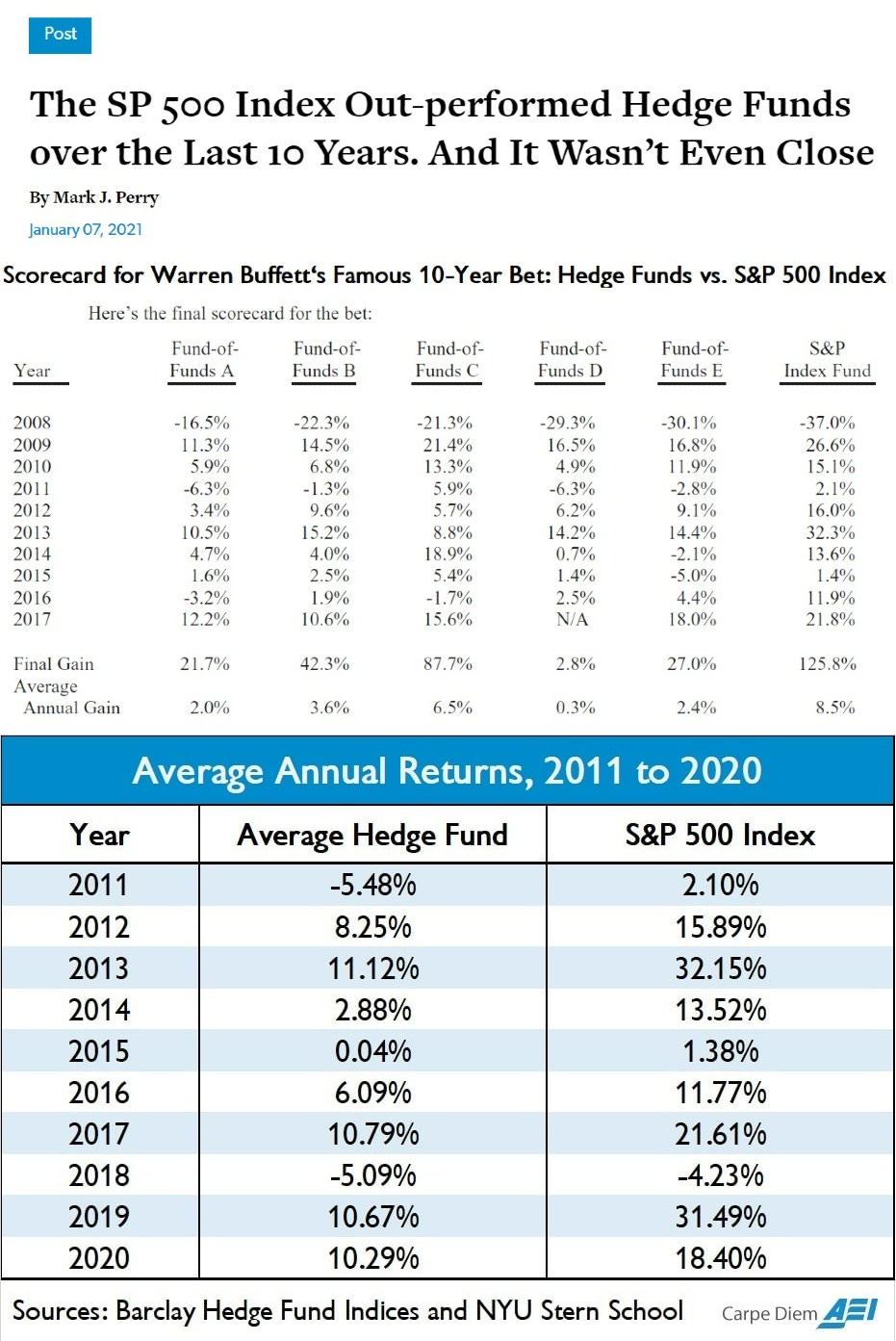
In 2007, Warren Buffett entered into a famous bet that an unmanaged, low-cost S&P 500 stock index fund would out-perform an actively-managed group of high-cost hedge funds over the ten-year period from 2008 to 2017, when performance was measured net of fees, costs, and expenses.
The ten-year betting period officially ended on December 31, 2017 although Buffett was so far ahead by mid-2017 that hedge fund manager Ted Seides of Protégé Partners conceded early. As the New York Post reported in September 2017 “Seides’ $1 million hedge fund investments have only earned $220,000 in the same period that Buffett’s low-fee investment gained $854,000. ‘For all intents and purposes, the game is over. I lost,’ Seides wrote.”
The same goes for virtually any ‘expert’ discipline. It’s been shown many times how the world’s top wine tasters cannot distinguish an expensive bottle from a mix of cheap five dollar ones. We watched the credibility of the world’s health experts sink as they failed to demonstrate any expertise during the Covid “crisis”, just as the world’s top military ‘experts’ were unable to accurately project developments in the Ukrainian war to an even Twitter-armchair level.
The elite and expert class comprises a uniquely integral caste system within the Western hegemonic model of civilization. This protected upper echelon is molded then harbored by an intricate network of institutions whose sole purpose is to maintain the unassailable cachet of honors they manufacture: various awards, certificates, degrees, scholarships, fellowships, chairs, residencies, et cetera. These institutions act as a credibility shield to perpetually encase the ‘system’ in a tempered glass dome of unquestionability.
But due to how intrinsically oppressive the system has had to become in order to root out free-thinking opposition, it has dealt itself a mortal wound by perpetuating a positive feedback loop which only drives it into further and further ideological isolation, such that the system begins to appear as a corrupt tower of Babel ready to topple to anyone watching from the outside. The uselessness of our leaders plays into it because the system requires good, public-facing PR people to act merely as the shepherds or crowd-control maestros in keeping the public woozy, and from asking too many inconvenient questions. In our globalized, increasingly centralized world the CEO is now hired less for his innate leadership or talent to inspire, and more for the connections to foreign governments, banks, regulators, or other beneficial special interests they bring along.
It all comes back down to basic human nature and systems theory. We are programmed by these structures to believe that we rely on them for survival; that the structures are essential to our civilization and progression. But this is the grand lie of history: time and time again, examples prove that when these hegemonic structures collapse, people can get by as if nothing has happened—permitting that the social group in question is a relatively stable one, and has not already experienced irreversible deracination of its nomos to become some stripped-down Kalergian experiment.
Iceland’s ‘Pots and Pans Revolution’ of 2009 showed a state functioning even after having ousted its entire government. This BBC article lists a host of countries that went for some time without functioning governments; from Northern Ireland and Germany in 2017, to Spain in 2016, and Belgium in 2010-2011 which “set the record for longest period without an elected government in a democracy” leading to a “589-day vacuum”.
Elon Musk demonstrated how the entire upper echelons of Twitter could be fired on the spot, without so much as even being afforded a gradual off-boarding to transfer critical processes; and again: not only did nothing bad happen, but the company and app flourished without a hitch. More recently, locals in the Carolinas have spurned the subversive spoiler ops from FEMA and rapidly built out their own local grassroots disaster response operations to great success. These were civilians with their own helicopters, radio networks, food and aid depots, etc., coordinating amongst each other through treacherously mountainous terrain, where even communications line-of-sight is no easy given. Yet they handled it far better and more efficiently than the filibustering government agencies. Competent orchestras, too, can play through their entire repertoires without the presence of a conductor, who merely adds a final symbolic reassurance before a live audience.
The United States has grown into an uncontrollable monster, impenetrably dense and ever-gluttonous to consume more mass, as growing in size is the only way the behemoth can conceive to keep itself from imploding: like a star whose core-density keeps it from collapsing in on itself.
Most people cannot appreciate or even comprehend how vast the monstrosity of the federal government has become; and how unnatural such an abomination is in contravention of the Constitution, as well as general human social dynamics.

From the above:
-Approximately 3 million people work directly for the federal government.
-The federal government spent 6.13 trillion dollars in 2023. That figure is larger than the GDP of every nation on the entire planet except for the U.S. and China.
Yes, that makes the US government the largest employer in the entire country by far.
In California for example 96.5% of all jobs created between 2022-2024 were government jobs:
The blob grows and grows, and it knows only how to feed, like a runaway malignant cell.
The feedback loop requires the state to continue increasing in size in order to constantly expand the fat tissue buffer between the ruled citizenry and the elite caste. This grotesque metastasis creates an impenetrable insulation layer whose own emergent properties allow it to devour and subsume all the other Constitutionally empowered branches into a kind of ‘black box’ akin to AI LLMs, wherein the interior transformer processes that power the token meshes are as unfathomable as they are unknowable to their own designers.
This article by Jeffrey A. Tucker makes the case for three distinct levels of state in the US. These artificial layers have finally metastasized to the point of slowly merging into one impenetrable monstrosity.
The excerpt is long but worth the read, as the author describes the three distinct layers—the shallow state, the middle or administrative state, and the notorious ‘deep state’:
In reality, the state consists of three distinct layers, which we can call deep, middle, and shallow. All three play crucial roles to exercise and retain hegemony over the population domestically and globally.
The deepest layers are those that operate mostly out of the public eye thanks to legal protections for classified information. They are the security and intelligence agencies that overlap closely with what is centralized law enforcement. In the US, this is inclusive of many agencies, including the FBI, DHS, CIA, NSA, NSC, CISA, and many more besides including all their cut-outs in the foundation world and private sector, some known and unknown. The term deep refers precisely to the clandestine manner in which they operate.
Next we have the layer of the middle state, mostly called the administrative state. In the US this consists of 400-plus civilian agencies with two million and more employees with positions that are protected by union rules and federal legislation. The elected president can appoint several hundred positions to head these agencies but all power and institutional knowledge belongs to the permanent bureaucracy, which knows that it wins all struggles. Political appointees come and go.
The most intriguing and least-discussed layer is the shallow state. This is the sector that is more consumer-facing, largely private in ownership often with publicly traded stocks, and mostly enjoys a trusted reputation among the general population. They both comply with edicts but also have a huge voice in shaping them. The shallow state consists of name brands and lobbies in every industry including medicine, pharmaceuticals, media, digital technology, energy production, transportation, and national defense.
The above article is cited by another Brownstone author, Bruce Pardy, in establishing the thesis that we are approaching what he calls a ‘state singularity’.
We are approaching state singularity: the moment when state and society become indistinguishable.
How does that happen? In the first article, Jeffrey A. Tucker described a few examples: the oracular Federal Reserve is the deep state layer which passes down its edicts to the middle or administrative state, represented by the financial regulators at the Treasury. This goes down to the shallow state level of private corporations like BlackRock and Goldman Sachs, which filter down the dispensations from above via the coercive control they exert over our daily lives. Thus, Tucker writes that ‘every company [is] drafted into the comprehensive system of compulsion and coercion.’
Academia is another example.
The second author, Bruce Pardy, goes on to elaborate:
At state singularity, the state becomes society and society is a product of the state. Legal norms and expectations become irrelevant. The state’s mandate is to do as it judges best – since everything and everyone are expressions of its vision. Powers are not separated between the state’s branches – the legislature, the executive, the bureaucracy, and the courts. Instead, they all do whatever they deem necessary. The bureaucracy legislates. Courts develop policy. Legislatures conduct hearings and prosecute cases. Government agencies change policies at will. The rule of law may be acknowledged as important in principle while it is rejected in practice.
This is the total bleed-through described earlier by the tweet from Kruptos and its response; one more time:
This is the definition of a ‘state singularity’, and what Pardy describes as a merging of society and government. The managerial metastasis, that infinitely spreading tumor devours all and becomes all; and once that leviathan merges its appendages, effectively erasing the system of checks and balances, then nothing can restrain its power any longer. It becomes only a matter of time before society is totally assimilated.
Another great new piece which hits the same stride is Nathan Pinkoski’s “Actually Existing Postliberalism”. It begins boldly, with the declaration that a major turning point has made society unrecognizable:
Twentieth-century civilization has collapsed. It rested on an essential tenet of liberalism: the state-society, public-private distinction.
Elaborating, he continues:
The state-society distinction reached its apogee in the mid-twentieth century, when the triumph and challenges of the postwar moment clarified the importance of defending social freedom from state power, while ensuring that the public realm was not taken over by private interests. Over the last few decades, this distinction has been eroded and finally abandoned altogether. Like it or not, the West is now postliberal.
Albeit a tad lengthy, his piece is a tour de force in explaining the detailed history of just how things have developed into this:
Governments long ago breached the barrier separating the public and private realms…
Leftist intellectuals were among the first to recognize the collapse of the old liberal separation between state and society. In their view, neoliberalism was to blame. Under Reagan and Thatcher, the private sector began to take over the public one; corporate power took control of the state, and economics captured politics. But this analysis gets reality backwards. The state has not been suborned by economic interests. Rather, political interests have come wholly to dominate economic and financial interests, fusing state and society together.
Curtis Yarvin himself pointed to the pivotal Administrative Procedures Act of 1946 as the true foundational beginning for the managerial bureaucracy devouring all in its path today. This act essentially formalized the expanded powers of new federal agencies established by FDR as part of the ‘New Deal’ as a way out of the Great Depression. One can readily glean the pedigree of managerialism: the Great Depression itself came about just after the banking cartel’s establishment of the Federal Reserve system in 1913. One domino led to another and suddenly, as if by ‘dialectic’ fashion, the managerial state was born to deal with the fallout engendered by the first catalyst.
Nathan Pinkoski continues:
The central drama of the last three decades has been the fusion of state and society. The ’89ers ushered in actually existing postliberalism, a society in which governmental power, cultural power, and economic power are coordinated to buttress regime security and punish the impure.
Another example of the above, wherein governmental power merges with cultural and academic institutional power into a kind of unrestrained mutant octopus which seeks to wrap the world in its tentacles:
This is nothing new; for instance, Peter Hotez, who was one of the ‘expert voices’ pushing vaccines during the ‘pandemic’, once wrote a policy paper in 2001 entitled “Vaccines as Instruments of Foreign Policy”, which argued that vaccines can be used to solve unrelated but adjacent geopolitical issues, such as allowing the US to gain footholds in certain third world hotspots with geostrategic significance. Link to paper.
From the earlier ‘State Singularity’ article, Bruce Pardy notes:
State singularity develops gradually and insidiously. Whereas fascist, communist, and other centralized power regimes often result from deliberate political revolution, in the West omnipotent managerial technocracy has grown, spread, and infiltrated the nooks and crannies of social life without sudden political upheaval. Like a form of institutional Darwinism, public agencies, no matter their formal purpose, seek to persist, expand, and reproduce.
He brilliantly adds that in state singularity one cannot even propose to eliminate government—or I could add, criticize it—because government is eventually so intrinsically tied to institutions deemed vital—like public health—that to criticize the politicians or their endless bureaucratic organs is akin to wishing death on fellow ideologically-opposed citizens. This explains the hysterics sustained by Democrat supporters who vest the idols of their political iconography with the very power of life and death, and who maintain a nigh religiose kinship to politics and social issues; that is, as if all issues should be enshrined beneath one hallowed temple roof, with no checks and balances, or distribution of state and federal powers as envisioned by the founders. The metaphor is made particularly apt due to the likelihood that the ultimate telos of the ‘state singularity’ model is in fact religion itself. What higher crowning can be achieved than to eventually codify all state, economic, ideological, and bureaucratic vertices fully under one roof as an inviolable creed, never to be questioned again, and having reached its full apotheosis of complete fusion into one indivisible godhead? After all, the way modern political ‘adepts’ invoke these indefinable, quasi-mystical litanies like “democracy”, “rule of law”, “rules based order”, et cetera, in these post-liberal times already has the flavor of catechism recitation.
The legacy structures undergirding society are as monoliths, akin to religious statues or relics whose profaning would invite biblical levels of suffering. Illegitimate institutions like the Federal Reserve are meant to be Apollonian temples, whose desecration would beget great pestilences unto humanity. It is why the Federal Reserve cartel mafia members dress in such ritualistically stark attire, surrounded by their columned rooms and sepulchral meeting chambers.
But as stated in the opening, the power vested in all such institutions is but a figment, artificially maintained as an illusion of control. Humans have thrived long before such structures existed, and would thrive if those very structures tumbled down tomorrow.
When you study history one curious thing you end up realizing is that a people’s culture, their rooted identity in the form of nomos and ethos supersedes all artificial constructs placed on top of them, whether those be forms of government or some other man-made limitations. For instance, the Russian and Chinese people were just as clever, industrious, and possessed similar economic activity levels under imperial and monarchical governments as they later did under Communist leaderships. There are only special considerations which distort these facts: like Western sabotage and meddling causing Qing China to compare poorly to a ‘Communist China’ boosted under the globalism of the ‘80s and ‘90s, which inadvertantly turned it into a powerhouse. In reality, China already had the world’s largest economy in the 1800s and beyond.
Russia, too, maintained roughly similar economic standings through various governmental systems, only skewed by the fact that the inflated USSR figures account for all the countries of the Union.
The point is that, the heritable characteristics of a people determine their destiny, and the artificial constructs erected over them like cheap belfries—as in all the strains of modern government—in actuality have little consequence. If you were to completely dissolve the US government tomorrow, many communities would continue to function as if nothing had changed, because the fortitude, adaptability, and instincts for cooperation are ingrained traits—so long as the people share a common nomos and cultural identity; Democrat blue zones, with their artificial low-trust biomes of bused-in unassimilables entirely inimical to each other, do not apply.
This is ultimately why cultures and the human race in general will always outlive systems of governance and artificial institutions; these are fleeting things, which grope up trembling to the scanty sun like spring shoots, conforming to the whims and idylls of some passing era or another, before exhausting themselves on the coal bed of our eternally rooted human destiny. The future will inevitably lie in various kinds of technology-facilitated, independent neo-pastoralist communities; in the right timeline, technology allows humans to shed the need for central governance, particularly as robots and AI can fulfill all these institutions’ derelict promises: assistance in living and sustenance, protection, et cetera. As the artificial constructs tighten their grips, people will have no choice but to flock to nascent forms of DAO, Network States, and the like in order to escape the disembedded meaninglessness of modernity under the false icon of state singularities, and return to the ancient and higher forms of dharmic coexistence.
If you enjoyed the read, I would greatly appreciate if you subscribed to a monthly/yearly pledge to support my work, so that I may continue providing you with detailed, incisive reports like this one.
Alternatively, you can tip here: Tip Jar






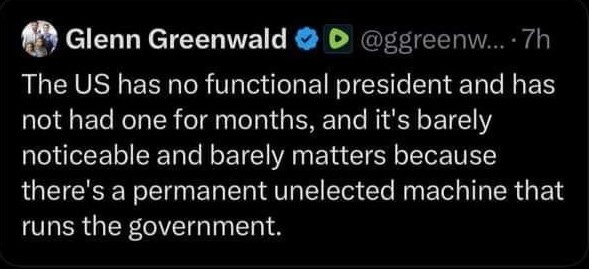
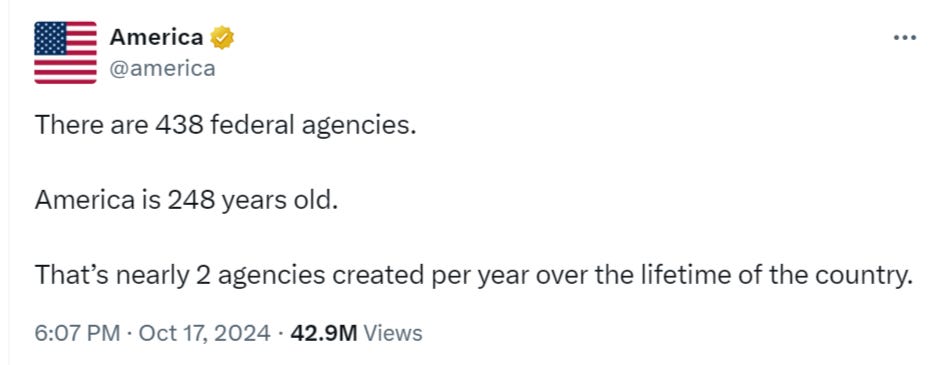
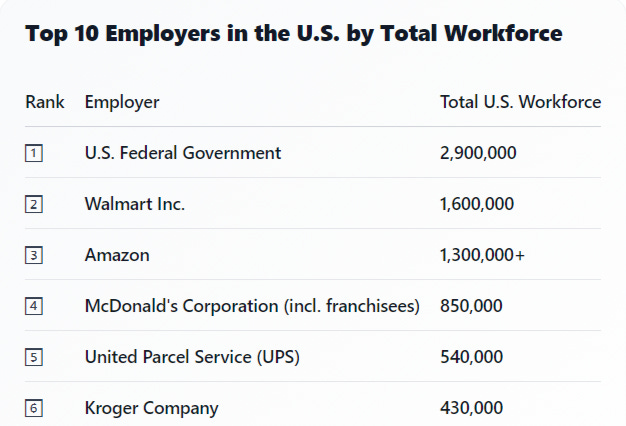
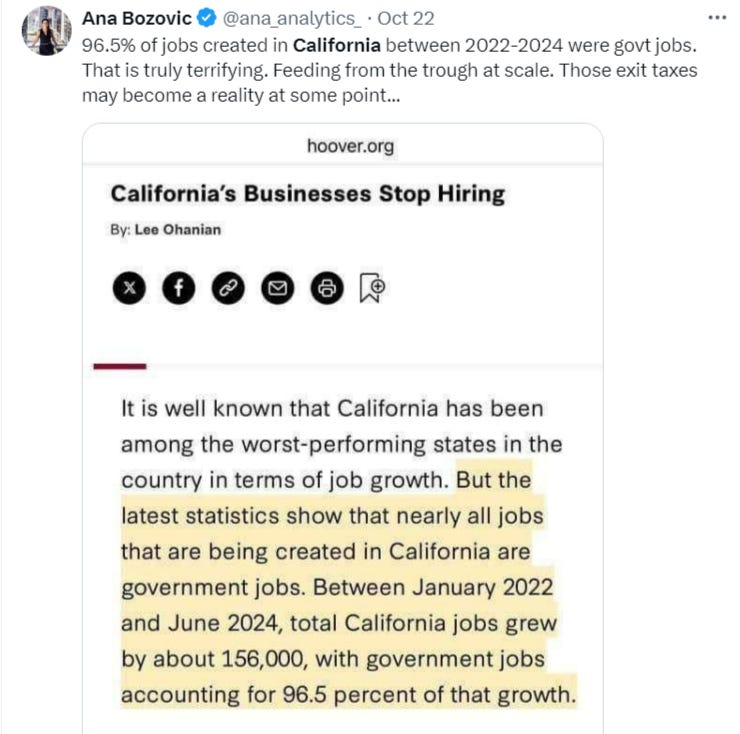
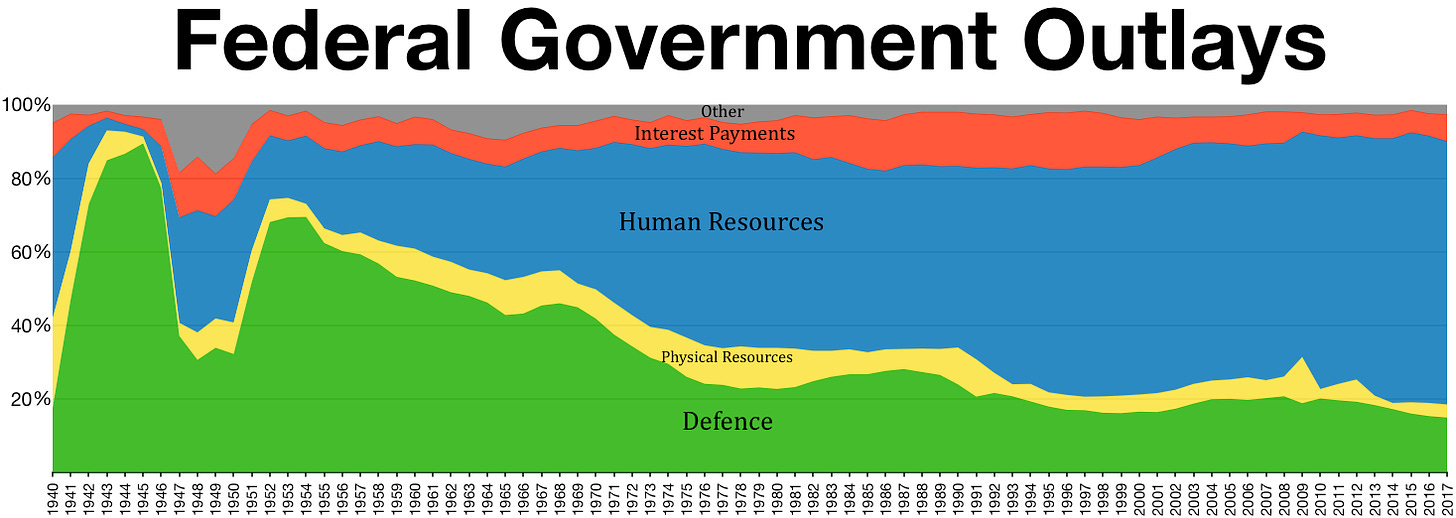
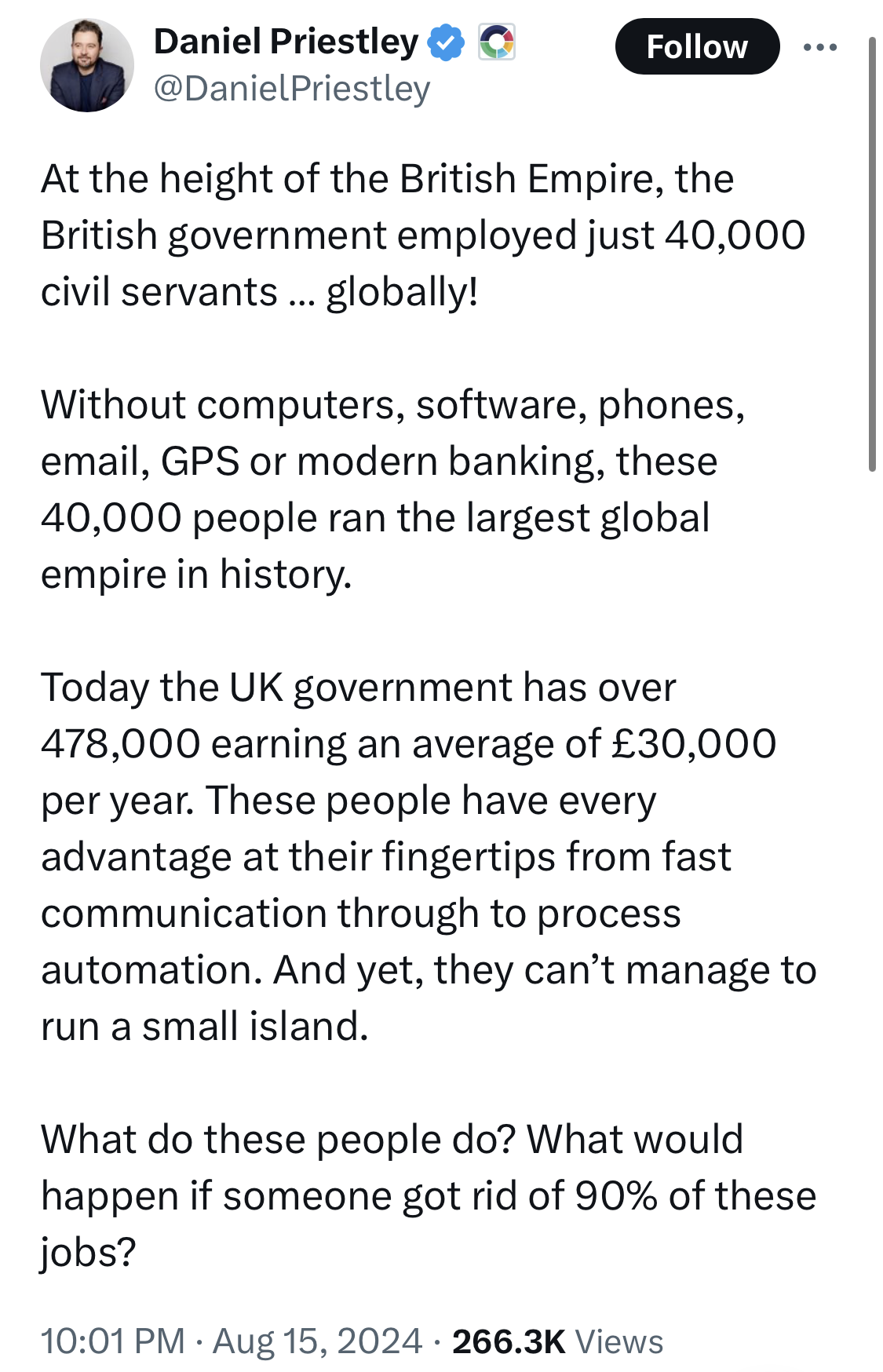
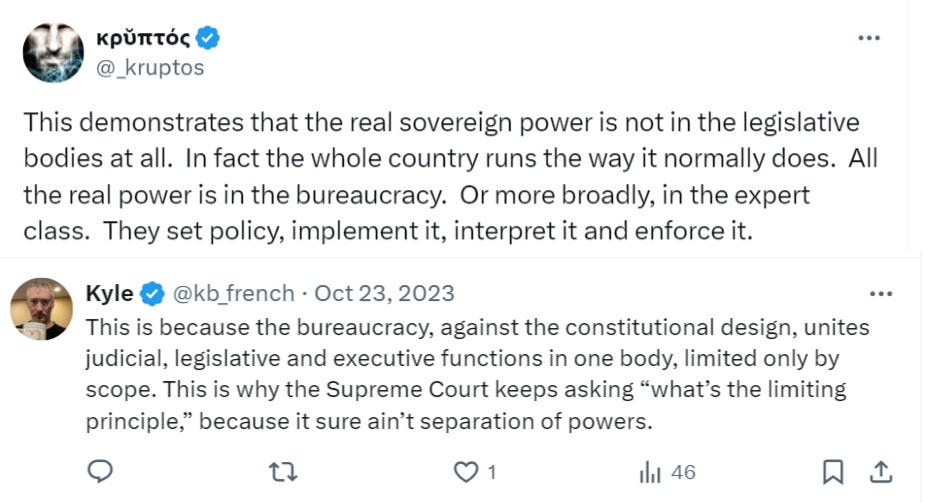

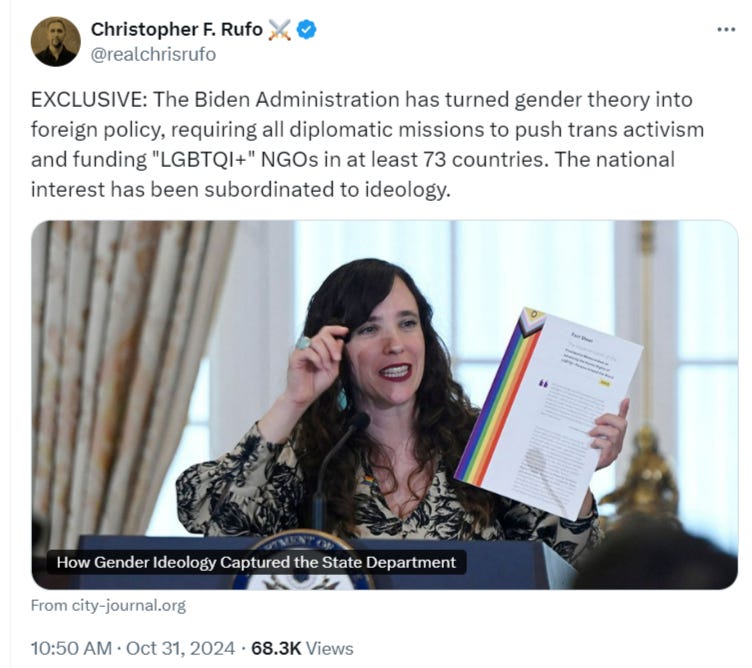

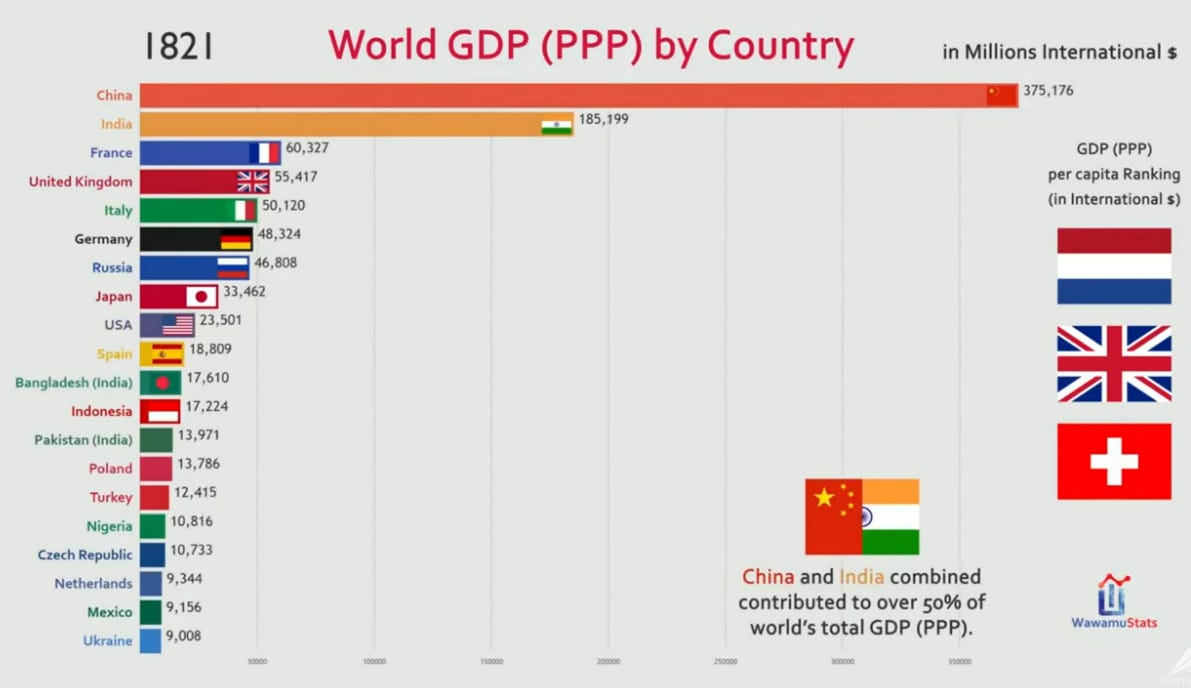
This Writing a prime example of the why I Subscribe & will continue
@Simplicius
(Quote)
"It’s been shown many times how the world’s top wine tasters cannot distinguish an expensive bottle from a mix of cheap five dollar ones."
----------
Oh dear. The above was written by someone/something without the ability to taste wine.
Ah well, the data aggregation has often pointed out matters of interest, the reader comments perhaps even more so.
Take my best wishes, I hope the universe treats you well- And you return the favor.